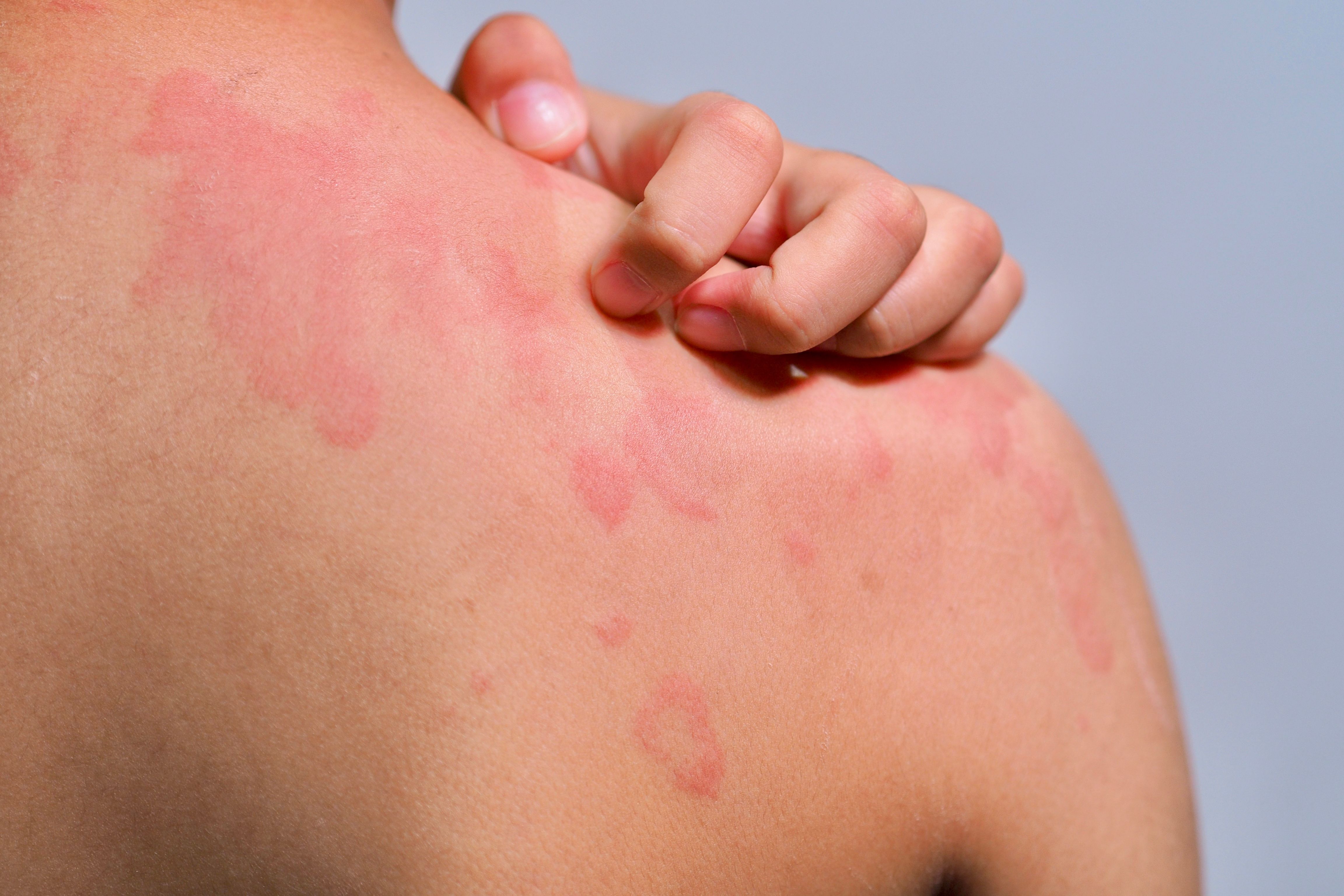Article
Treatment Outcomes for Patients With AS, PsA May Be Impacted by Time to Diagnosis, Gender, BMI
Author(s):
Outcomes for patients with ankylosing spondylitis (AS) and psoriatic arthritis (PsA) may depend on gender, time to diagnosis, and body mass index (BMI), according to subanalyses of the AQUILA study of patients taking secukinumab.
Outcomes for patients with ankylosing spondylitis (AS) were better with earlier diagnosis and lower body mass index (BMI), according to 2 abstracts presented at EULAR 2022. There was also a relationship between BMI and delay in diagnosis for female patients with AS and patients with psoriatic arthritis (PsA) of both genders.
Interim studies of AQUILA were conducted to describe baseline demographics and to evaluate secukinumab treatment outcomes among AS and PsA patients regarding BMI, time to diagnosis, and gender.
The German AQUILA study is an ongoing, multicenter, non-interventional study including up to 3000 patients with active AS or PsA. Patients were observed from baseline up to week 52 according to clinical routine.
Data were collected through validated questionnaires:
- Bath Ankylosing Spondylitis Disease Activity Index (BASDAI) for disease activity
- Assessment of SpondyloArthritis-Health Index (ASAS-HI) for global functioning and health
- Psoriasis Area and Severity Index (PASI) for skin-related disease activity
- Tender/ swollen joint counts (TJC/SJC) for joint-related disease activity
- Psoriatic Arthritis Impact of Disease - 12 items (PsAID-12 score) for impact of disease
One abstract evaluated the impact of time to diagnosis and gender on secukinumab treatment outcomes.1 This analysis focused on the subgroups of male and female patients with AS and PsA stratified by time to diagnosis after disease onset. Early diagnosis was defined as < 1 year, while late diagnosis was defined as ≥ 1 year.
At the baseline, 609 AS patients and 1145 PsA patients were included with information on time to diagnosis.
Only 18.7% of AS and 25.8% of PsA patients were diagnosed within 1 year.
The authors noted that female patients with AS and PsA and male patients with PsA with BMI tended to be diagnosed later, indicating that delayed in diagnoses may be BMI-dependent in the respective subgroups.
Male AS patients diagnosed later had increased disease activity at baseline and throughout the study, regarding BASDAI scores. Female AS patients diagnosed late showed reduced total treatment effect with increasing time to diagnoses.
Both male and female AS patients diagnosed late had slightly increased ASA-HI at BL and throughout the study. When diagnosed early, both male and female AS patients had a higher treatment response.
There were no differences in skin- and joint-related disease activity or PsAID scores with respect to time of diagnosis. These findings indicate that treatment response of early- and late-diagnosed PsA patients did not differ further in the course, contrasting the results for AS patients.
However, the authors assert that secukinumab improved disease activity and global functioning in both AS and PsA patients.
The second abstract found similar results for patients across BMI subgroups.2
An interim analysis focusing on BMI subgroups ≤ 25 kg/m2 (normal weight), > 25 to ≤ 30 kg/m2 (overweight) and > 30 kg/m2 (obese) in patients with AS was conducted to understand the influence of BMI on therapeutic effectiveness and safety under treatment with secukinumab.
For this analysis, the proportion of patients that experienced serious adverse events (SAEs) was calculated including all patients with AS who received at least 1 dose of secukinumab.
BMI data were available for 667 AS patients at baseline. Of these patients, 33.6% (224) were normal weight, 39.9% (266) were overweight, and 26.5% (177) obese. There was a higher proportion of men in all BMI subgroups and was doubled among patients who were overweight with AS.
The researchers found:
- Age and comorbidities/extra-articular manifestations increased as BMI increased
- Mean BASDAI developed similarly over time with the lowest scores for normal weight and highest scores for obese patients
- Mean improvement from baseline to week 52 was 1.3 (27.1%) for normal weight, 1.5 (27.2%) for overweight, and 1.2 (21.8%) for obese patients.
- Mean ASAS-HI at baseline was similar among all BMI groups, (≤ 25, 7.4; > 25 to ≤ 30, 7.7; > 30, 8.1)
- The best improvement was observed in the normal weight subgroup, with mean improvement from baseline to week 52 of 2.1 (28.4%)
- Mean improvement for overweight patients was 1.3 (16.9%). The least improvement was observed in obese patients, with a mean improvement of 0.6 (7.4%).
As BMI increased, so did the occurrence of AEs and SAEs with or without suspected relationship to secukinumab. The percentage of SAEs was 21% in normal weight, 26.7% in overweight, and 30.9% in obese patients. No events with fatal outcome or unexpected safety signals occurred in any subgroup.
The authors suggested that these findings of the interim analysis indicate that secukinumab is an effective treatment with a favorable safety profile up to 52 weeks in AS patients of all BMI subgroups.
References
1. Besenova K, Hansen O, Kiltz U, Brandt-Juergens J, Kästner P, Riechers E, et al. How does time to diagnosis and gender affect treatment outcomes in patients with ankylosing spondylitis or psoriatic arthritis?—real world data from the German AQUILA study with secukinumab. Presented at: EULAR 2022; June 1-4, 2022; Copenhagen, Denmark. Abstract AB0752.
2. Kiltz U, Brandt-Juergens J, Kästner P, Riechers E, Peterlik D, Budden C, et al. How does body mass index affect secukinumab treatment outcomes and safety in patients with ankylosing spondylitis?—Real world data from the German AQUILA study. Presented at: EULAR 2022; June 1-4, 2022; Copenhagen, Denmark. Abstract AB0751.





